Filter by
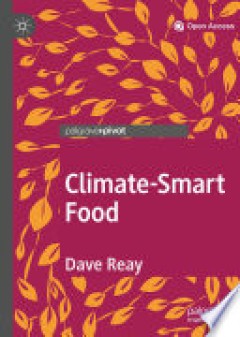
Climate-Smart Food
This open access book asks just how climate-smart our food really is. It follows an average day's worth of food and drink to see where it comes from, how far it travels, and the carbon price we all pay for it. From our breakfast tea and toast, through breaktime chocolate bar, to take-away supper, Dave Reay explores the weather extremes the world’s farmers are already dealing with, and what ne…
- Edition
- 1
- ISBN/ISSN
- 9783030182069
- Collation
- -
- Series Title
- -
- Call Number
- 641.30015516 DAV c
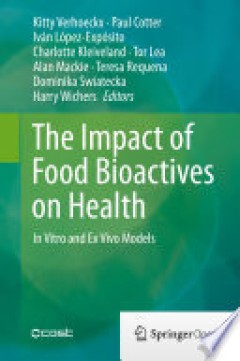
The Impact of Food Bioactives on Health: in vitro and ex vivo models
“Infogest” (Improving Health Properties of Food by Sharing our Knowledge on the Digestive Process) is an EU COST action/network in the domain of Food and Agriculture that will last for 4 years from April 4, 2011. Infogest aims at building an open international network of institutes undertaking multidisciplinary basic research on food digestion gathering scientists from different origins (fo…
- Edition
- 1
- ISBN/ISSN
- 9783319161044
- Collation
- XVII, 338
- Series Title
- -
- Call Number
- 664.001579 KIT t
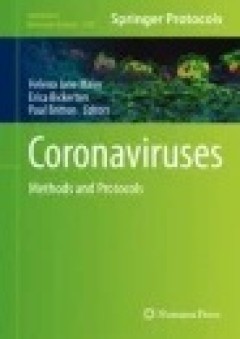
Coronaviruses : Methods and Protocols
This volume aims to describe a variety of techniques that reflects the wide range of research currently performed in the field of coronavirology, and begins with an overview of current understandings of coronavirus replication and pathogenesis to introduce specialists and non-specialists to the field. The rest of the book is divided into several sections of chapters beginning with those that de…
- Edition
- -
- ISBN/ISSN
- 9781493924387
- Collation
- xi, 285p. : ill.
- Series Title
- -
- Call Number
- 579.256 COR c
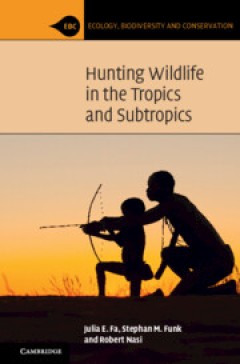
Hunting Wildlife in the Tropics and Subtropics
The hunting of wild animals for their meat has been a crucial activity in the evolution of humans. It continues to be an essential source of food and a generator of income for millions of Indigenous and rural communities worldwide. Conservationists rightly fear that excessive hunting of many animal species will cause their demise, as has already happened throughout the Anthropocene. Many specie…
- Edition
- -
- ISBN/ISSN
- 9781316338704
- Collation
- xxi, 436 p ; ill
- Series Title
- -
- Call Number
- 333.95416 HUN
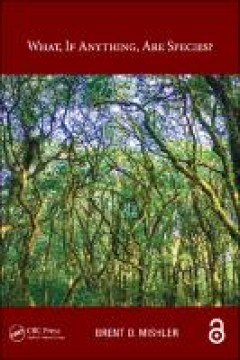
What, if anything, are species?
This book is an extended argument for abandoning the species rank. Instead, the author proposes that the rank of "species" be replaced by a pluralistic and multi-level view. In such a view, all clades including the smallest identifiable one would be named and studied within a phylogenetic context. What are currently called "species" represent different sorts of things depending on the sort of o…
- Edition
- Ed. 1
- ISBN/ISSN
- 9781315119687
- Collation
- vii, 160 p. : ill.
- Series Title
- Species and Systematics
- Call Number
- 574.012 MIS w
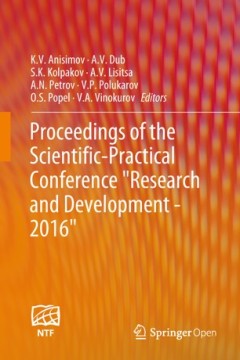
Proceedings of the scientific-practical conference "Research and Development …
This book is open access under a CC BY 4.0 license. It relates to the III Annual Conference hosted by the Russian Federal Ministry of Education and Science in December 2016. This event has summarized, analyzed and discussed the interim results, academic outputs and scientific achievements of the Russian Federal Targeted Programme for Research and Development in priority areas of development of …
- Edition
- -
- ISBN/ISSN
- 9783319628707
- Collation
- xvii, 730p. : ill.
- Series Title
- -
- Call Number
- 004 PRO p
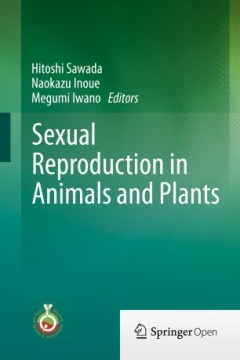
Sexual reproduction in animals and plants
This book contains the proceedings of the International Symposium on the Mechanisms of Sexual Reproduction in Animals and Plants, where many plant and animal reproductive biologists gathered to discuss their recent progress in investigating the shared mechanisms and factors involved in sexual reproduction. This now is the first book that reviews recent progress in almost all fields of plant and…
- Edition
- -
- ISBN/ISSN
- 9784431545897
- Collation
- xii, 480p. : ill.
- Series Title
- -
- Call Number
- 571.8 SEX s
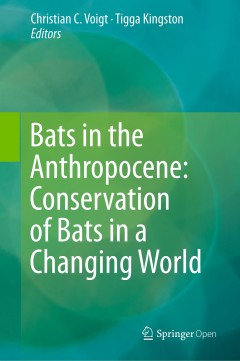
Bats in the anthropocene : conservation of bats in a changing world
This book focuses on central themes related to the conservation of bats. It details their response to land-use change and management practices, intensified urbanization and roost disturbance and loss. Increasing interactions between humans and bats as a result of hunting, disease relationships, occupation of human dwellings, and conflict over fruit crops are explored in depth. Finally, contribu…
- Edition
- -
- ISBN/ISSN
- 9783319252209
- Collation
- ix, 606p. : ill.
- Series Title
- -
- Call Number
- 639.9794 BAT b
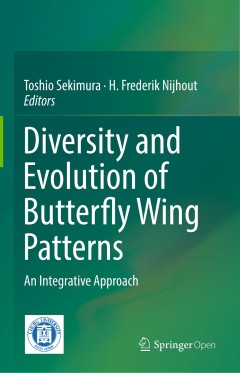
Diversity and evolution of butterfly wing patterns : an integrative approach
This book facilitates an integrative understanding of the development, genetics and evolution of butterfly wing patterns. To develop a deep and realistic understanding of the diversity and evolution of butterfly wing patterns, it is essential and necessary to approach the problem from various kinds of key research fields such as “evo-devo,” “eco-devo,” ”developmental genetics,” “e…
- Edition
- -
- ISBN/ISSN
- 9789811049569
- Collation
- xii, 321p. : ill.
- Series Title
- -
- Call Number
- 595.789 DIV d
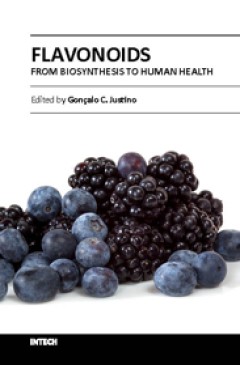
Flavonoids from biosynthesis to human health
Flavonoids are abundant secondary metabolites found in plants and fungi that have various roles in these organisms, including pigmentation, cell signalling, plant defence and inter-organism communication. Due to their abundance in nature, flavonoids are also important components of the human diet, and the last four decades have seen an intense study focused on the structure characterization of …
- Edition
- -
- ISBN/ISSN
- 9789535134237
- Collation
- 484 p.; 22 cm.
- Series Title
- -
- Call Number
- 574.13 FLA f
 Computer Science, Information & General Works
Computer Science, Information & General Works  Philosophy & Psychology
Philosophy & Psychology  Religion
Religion  Social Sciences
Social Sciences  Language
Language  Pure Science
Pure Science  Applied Sciences
Applied Sciences  Art & Recreation
Art & Recreation  Literature
Literature  History & Geography
History & Geography